THE Great Southern Bioblitz 2025 (GSB) has been hailed as a resounding success, with natural scientists and everyday nature lovers logging nearly 300 000 observations across the southern hemisphere.
From October 24 to 27, participants documented plants, animals and fungi, snapping photographs and logging the finds on the iNaturalist website in the two weeks that followed the weekend of data gathering.
Organisers describe the event as a period of intense biological surveying which is done to try and record all the living species across the Southern Hemisphere in spring, and get the public involved in learning about science and nature learning.
“By the end of October, the natural world is on full throttle. Flowers are blooming, insects are emerging, birds are singing, and reptiles are coming out of their winter hibernation. It makes sense for us to observe life at this time of year,” the iNaturalist platform states.
Across the southern hemisphere, which includes Africa, Oceania and South America, citizen scientists made 297 731 observations, recorded 29 731 species with 5 217 identifiers and 10 587 observers.
This year South Africa’s citizen scientists outshone the rest of the world with the Overstrand region making 15 042 observations, Pondoland 14 672, followed by Greater Melbourne in Australia in third place with 12 234 observations.
According to Suvarna Parbhoo Mohan of the South African National Biodiversity Institute, Africa recorded 127 983 observations and 11 582 species, with 2 239 observers and 1 850 identifiers contributing across the region.
She said 64 places - spanning towns, regions and entire countries — across 15 southern and central African nations joined the sixth edition of the event.
“Each record tells a story and contributes to a much larger picture of conservation and awareness,” she said.
Speaking to the Independent on Saturday, Parbhoo Mohan said the collective effort this year was “outstanding” and reflected Africa’s growing commitment to nature, community science and biodiversity discovery.
“From city parks to protected areas and soon-to-be protected areas, your observations and identifications have helped reveal the remarkable diversity of life that thrives across our regions,” she said.
The Great Southern Bioblitz started in Australia in 2020, at the height of the Covid-19 pandemic, and has grown into an annual event driven by citizen scientists.
Several regions in KwaZulu-Natal participated this year with eThekwini contributing 5 749 observations.
Mohan said organisers were delighted to see the event’s popularity climbing year after year.
The Independent on Saturday has compiled a selection of the standout observations from across the country.
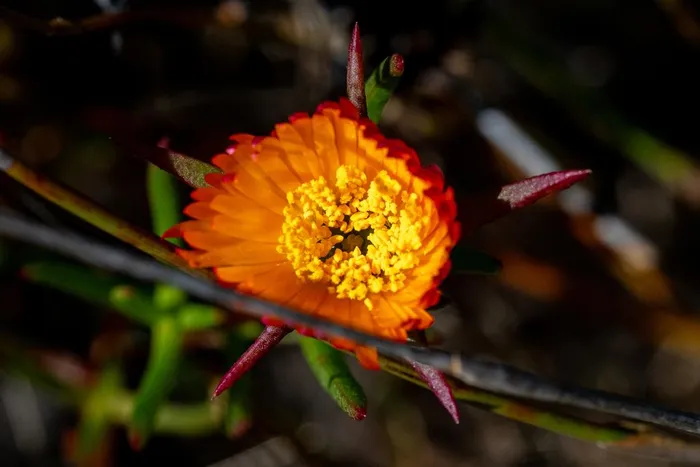
Twocolour Brightfig (Lampranthus bicolor)
Image: Supplied.
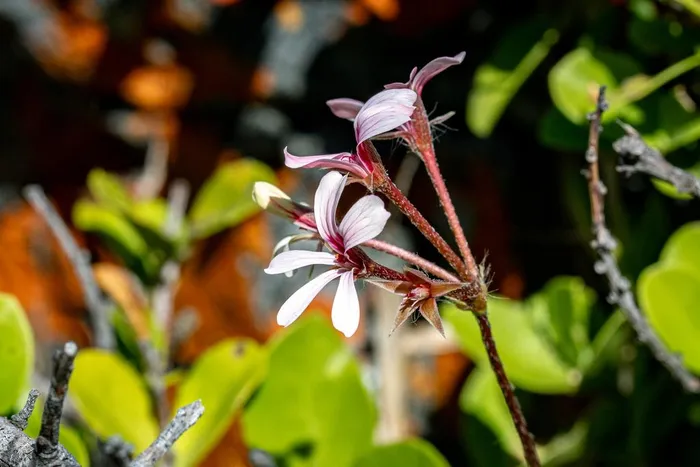
Mantle Storksbill (Pelargonium alchemilloides)
Image: supplied.

Delta caffrum.
Image: Supplied.
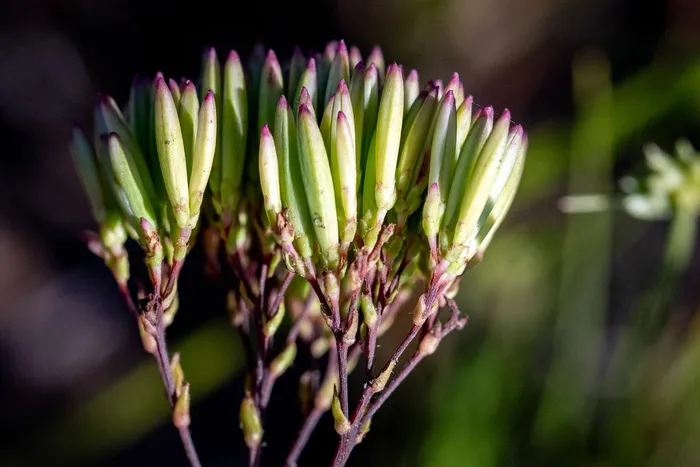
Smooth Plampers (Corymbium glabrum)
Image: Supplied.
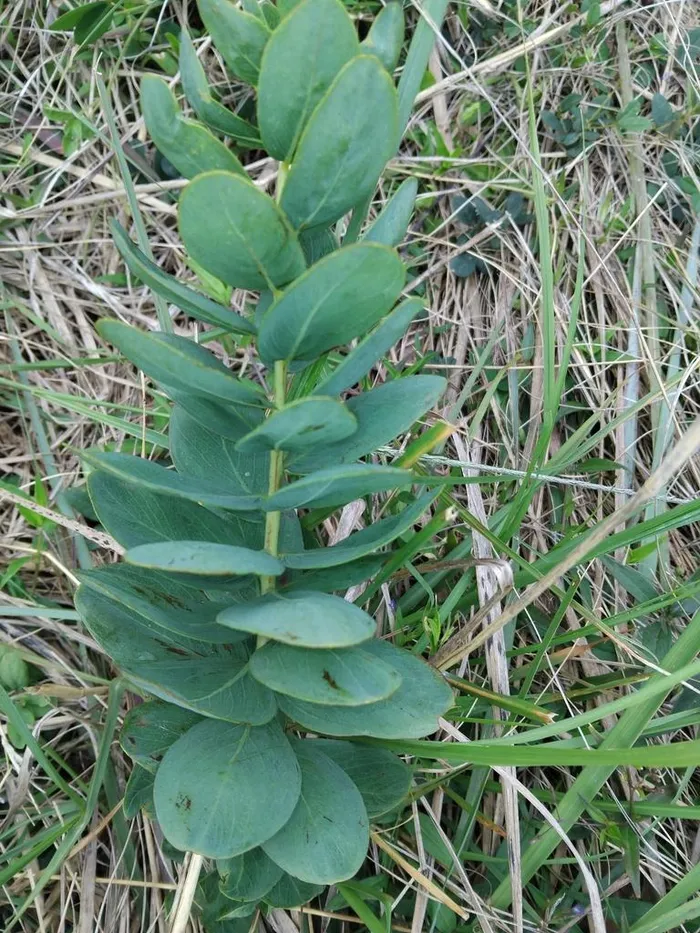
Fire Curryflower (Lasiosiphon anthylloides)
Image: Supplied.
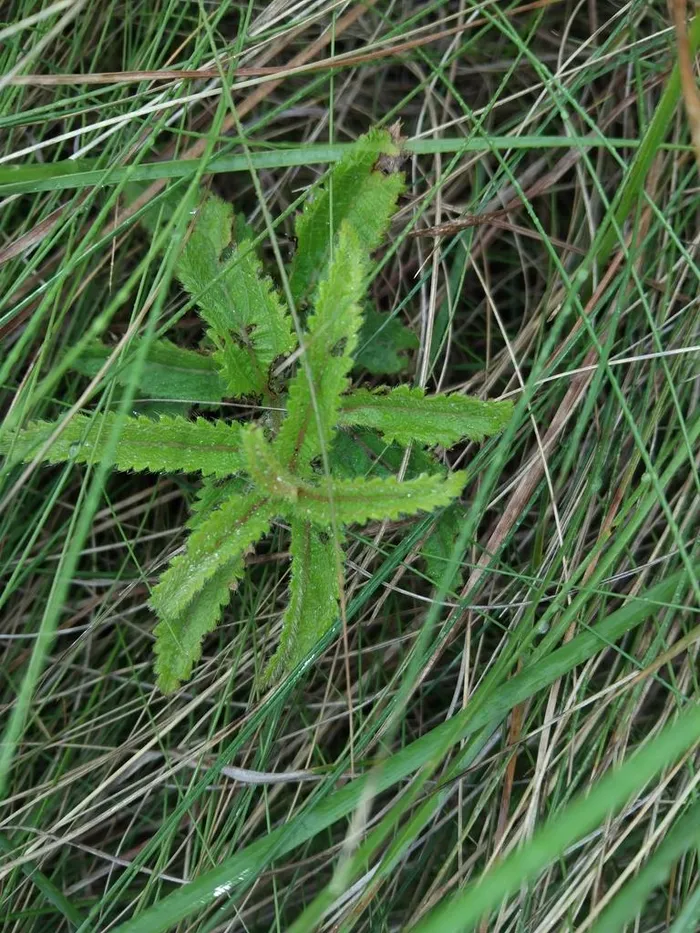
Acalypha peduncularis
Image: Supplied.
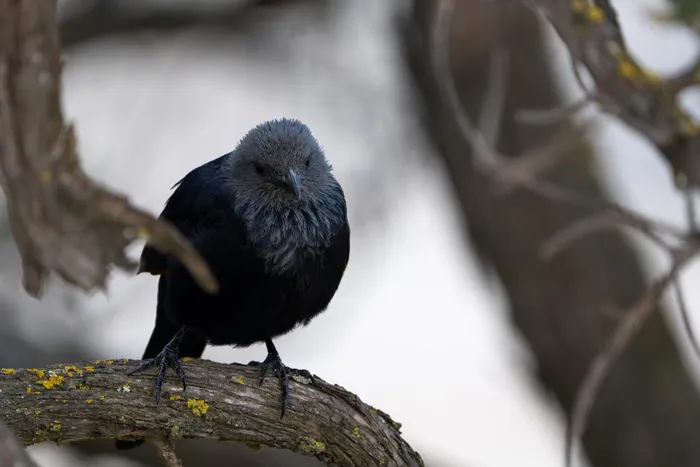
Red wing starling.
Image: Supplied.
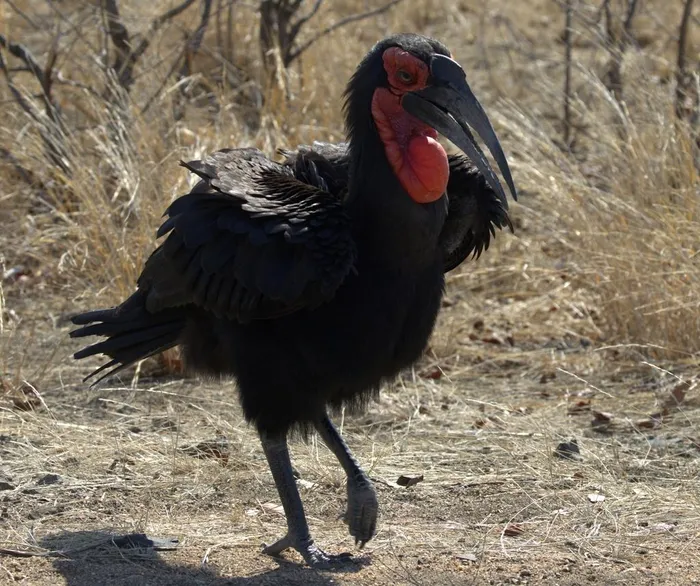
Southern Ground Hornbill (Bucorvus leadbeateri)
Image: Supplied.
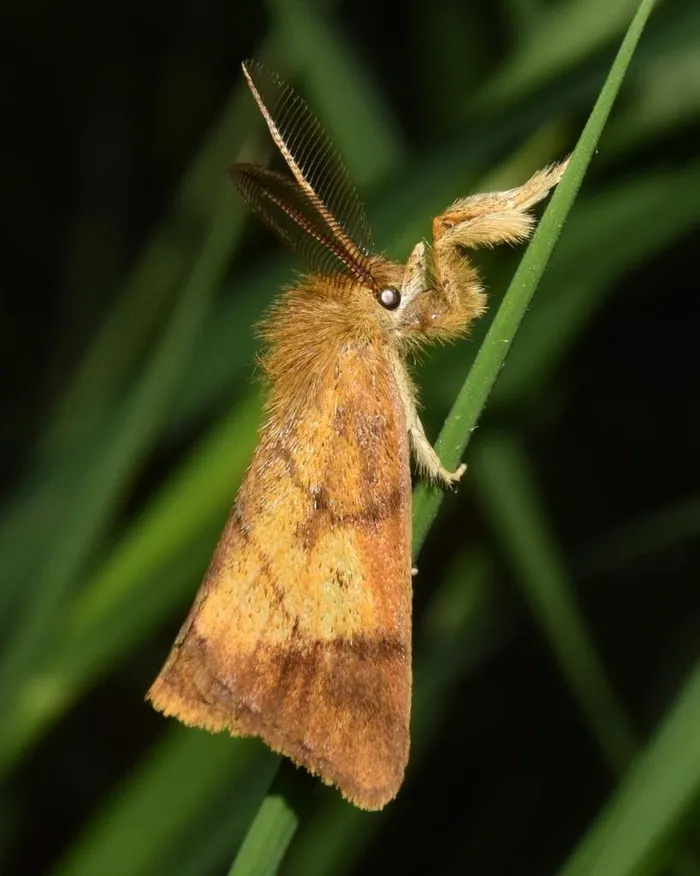
Banded Vapourer (Aroa discalis)
Image: Supplied.
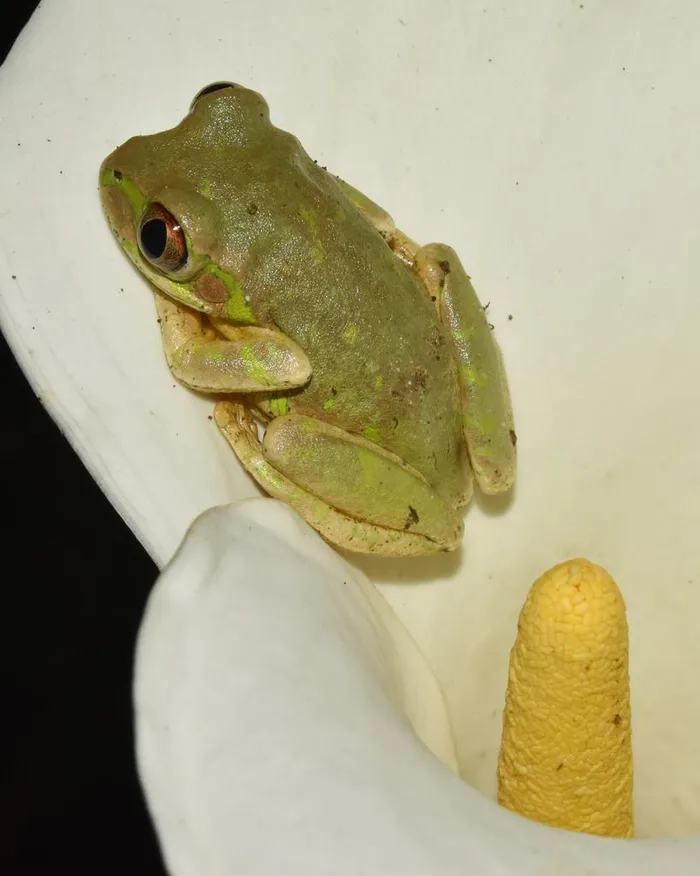
Natal Forest Tree Frog (Leptopelis natalensis)
Image: Supplied.
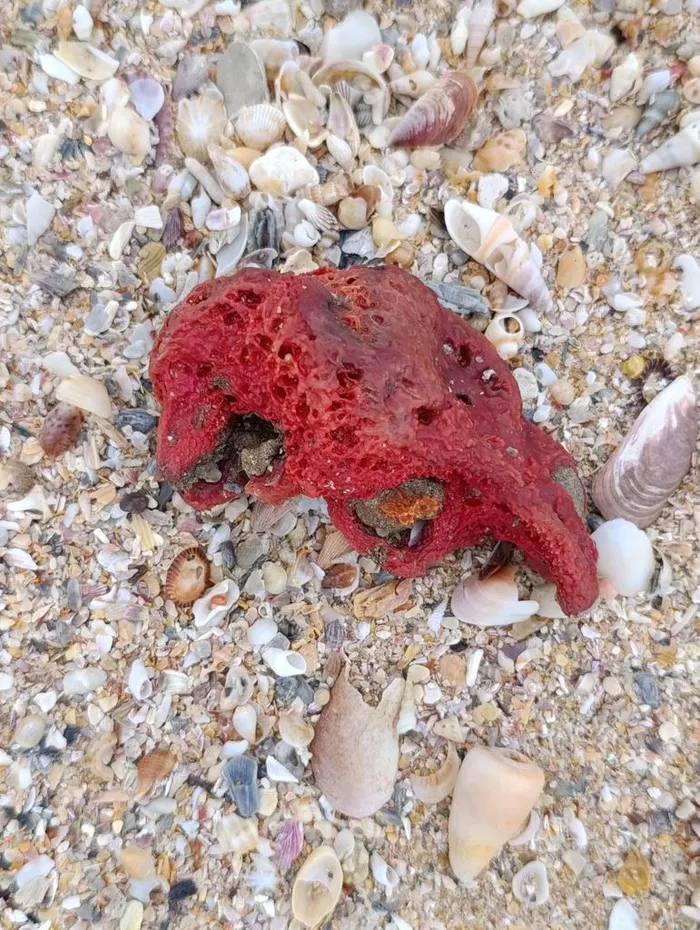
Sponges (Phylum Porifera)
Image: Supplied.
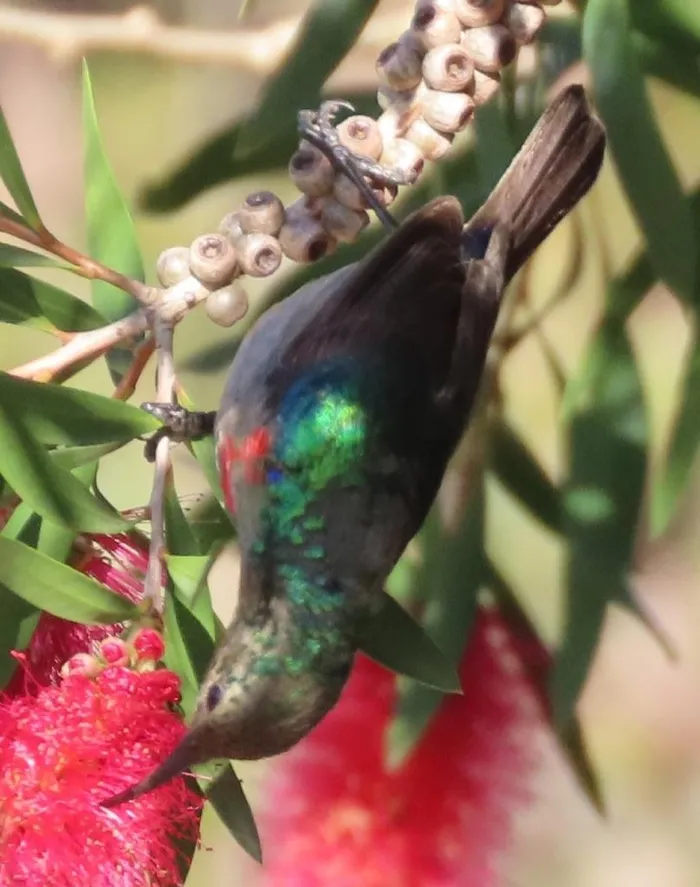
Fynbos Southern Double-Collared Sunbird (Cinnyris chalybeus ssp. chalybeus)
Image: Supplied.

Pine Emperor (Nudaurelia cytherea)
Image: Supplied.